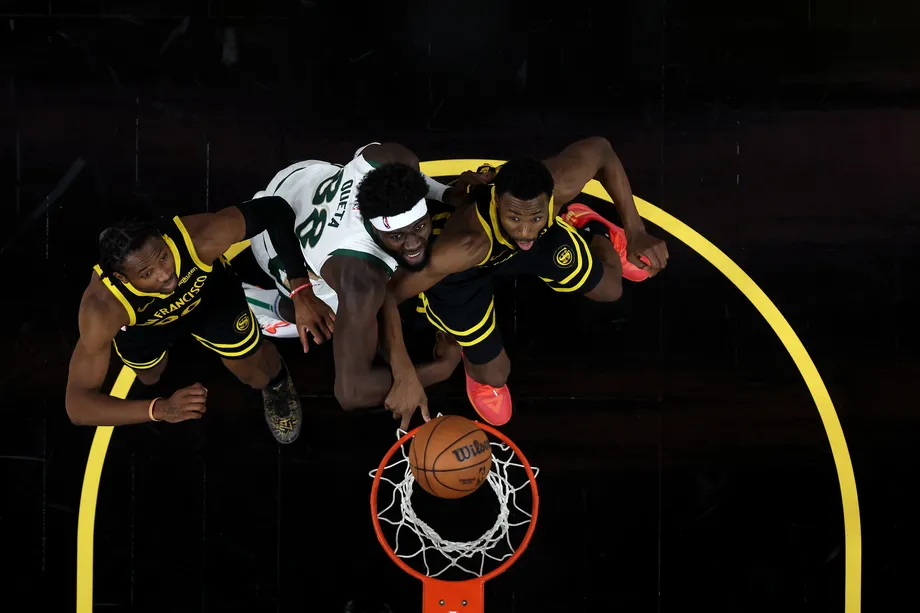
I am aware that a non-silent contingent of Golden State Warriors fans has been calling for Andrew Wiggins,Draymond Green and Jonathan Kuminga to spend more time together on the court. Given the Warriors’ weaknesses — lack of size, length, and overall disruptiveness on defense, both at the point of attack and off the ball — it’s not the worst idea in the world.

Based on how the Warriors have been performing on defense this season — 115.2 points per 100 possessions allowed from opponents overall (13th in the league without garbage time included), and 99.8 points per 100 possessions allowed in the half court (20th in the league) — playing two wings together seems like the surface solution, especially without two of their best defenders in Draymond Green and Gary Payton II.
The fact that the numbers with them together on the floor this season have been limited qualifies them for the small-sample-size asterisk — but it hasn’t been good. In 106 minutes of this pairing, the Warriors have been outscored by a whopping 22.4 points per 100 possessions, which is the equivalent of the worst point differential in the league, per PBP Stats. It’s worse than the Detroit Pistons’ league-worst point differential by nearly 10 points.
The time this duo has spent with Steph Curry next to them has even been worse, albeit with a much smaller sample size: 65 minutes and outscored by 28.3 points per 100 possessions. An even smaller sample size — almost negligible to even be considered representative — is the 26 minutes in which Wiggins and Kuminga have shared the floor with Curry and Green: 26 minutes and outscored by 3.2 points per 100 possessions, which isn’t nearly as bad as the other configurations.
Why is this pairing not working as theoretically intended? There are a multitude of reasons, but the most obvious is the fact that both of them are too similar to each other in terms of offensive roles, archetypes, and skill sets — in other words, redundant.
That’s not to say that redundancy is completely bad — similar player profiles can work, given they’re complemented by other teammates who can fill in the holes they can’t. But it’s treading an extremely thin rope with virtually zero room for error. The Warriors happen to be in that very situation this season, which is on the verge of becoming a lost cause if they don’t play their cards right the rest of the way.
The one card Steve Kerr opted to play against the Miami Heat happened to be putting Wiggins and Kuminga together — albeit, in a lineup that included neither Curry nor Green (for obvious reasons). While it’s not fair to place the full blame on the coaching staff, given that none of us are in the coaching meetings or gameplanning sessions, you do wonder whether there was *something* they saw that made them think playing the two of them together was worth it.
However, based on the film that came out of the game against the Heat, there was almost nothing gained from this pairing — especially without Curry and Green, and especially when the Heat were so keen on pressing ball handlers the full length of the floor before falling back into their own version of a zone in the half court:
Having Wiggins and Kuminga on the floor in an attempt to break the zone entails that they both actively do something to stretch it thin: cut, set a screen, lift and relocate according to how the ball and other players move, etc. Years in the Warriors’ system should give them the institutional knowledge in terms of how to do all the little things off the ball, instead of just giving the defense a pass by standing still.
There was one instance above that was representative of the Warriors’ problems against the Heat’s zone — and also representative of how Wiggins and Kuminga haven’t meshed well with each other:
Notice how Wiggins is on the weak-side wing, with Kuminga occupying the corner next to him. Nikola Jović is the low man zoning up against two defenders, comfortable with having a foot next to the paint because Kuminga is a 30.9% three-point shooter and Wiggins is shooting 31.0% this season.
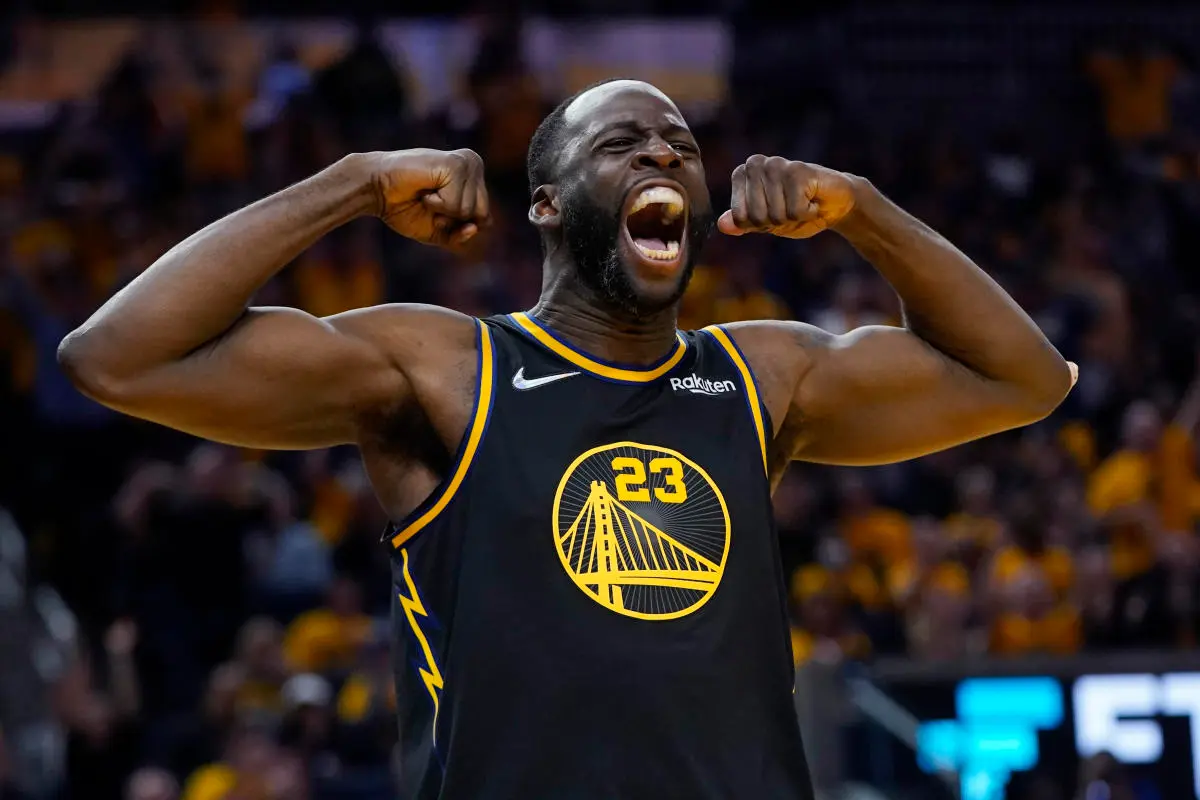
Neither Wiggins nor Kuminga don’t do anything to put pressure on Jović — no cutting, no flashing toward the elbow/paint. They’re relegated to being mere bystanders watching the ballscreen action on the weak side, one that the Heat are loading up against. By the time the Warriors do get some ball movement going in the form of swing-swing passing, the clock is winding down, forcing Kuminga to have to make a quick move once the ball gets to him and committing a turnover in the process.
When teams are more compelled to help off, it’s paramount that whoever spaces the floor are both willing and able to punish those decisions. Ideally, the Wiggins whose shot hovered around 40% from beyond the arc the past couple of seasons — mixed in with the awareness to cut in space, attack the rim, and either finish or draw fouls (or both) — would’ve coexisted better with Kuminga.
But this version of Wiggins — whose shot hasn’t really been there and doesn’t have the floor awareness that elevated him to new heights in seasons past — is being willfully ignored because defenses are comfortable with him taking the outside shot. With Kuminga (a perpetual help-off presence) already there, it’s simply untenable for the Warriors to pair them up, especially if there are fewer spacing options surrounding them.
Again, look at this pivotal moment in the sequence above:
The Heat switch the ballscreen set by Dario Šarić, which compels Duncan Robinson to help off of Wiggins. Zero attention is being paid to Kuminga, a decision the Heat are comfortable with and one that pays off when Šarić finds Kuminga — who’s shooting a combined 19-of-59 (32.2%) on three-point shots considered open (defender 4-6 feet away) and wide open (defender more than six feet away).
This pair played only four minutes on the floor, but it was a damaging four minutes: outscored by a total of six points, in which the Heat turned a 30-all affair into a 38-32 lead they wouldn’t give up the rest of the way.
This small sample is a microcosm of a macro problem the Warriors haven’t solved this season. Excellent wing play is paramount to their success, especially with how they are keen on switching everything or almost everything on defense while feeding off of the attention that Curry attracts on offense. While not their main responsibility, boxing out and crashing the boards is also expected out of them, especially on a team that isn’t blessed with exceptional frontcourt size.
As stated by our very own Brady Klopfer, a weird quirk of this season is both Wiggins and Kuminga being outrebounded — by a shorter and less-experienced teammate:
The Warriors haven’t been able to squeeze the same kind of juice from their wings this season. Whether it’s a result of events beyond their control or coaching decisions in terms of lineups, rotations, and on-court tactics, the fact of the matter is that team success is heavily contingent on the quality of their wing room.
I’m not quite sure what the team needs to do to solve that — a trade, a change in lineups and rotations, or simply a tactical facelift — but what I am sure of is that something does need to change if this team wants to secure a playoff slot, let alone be on the fringe of title contention.
Whatever change they make, it feels like it has to start with addressing the wing problem.
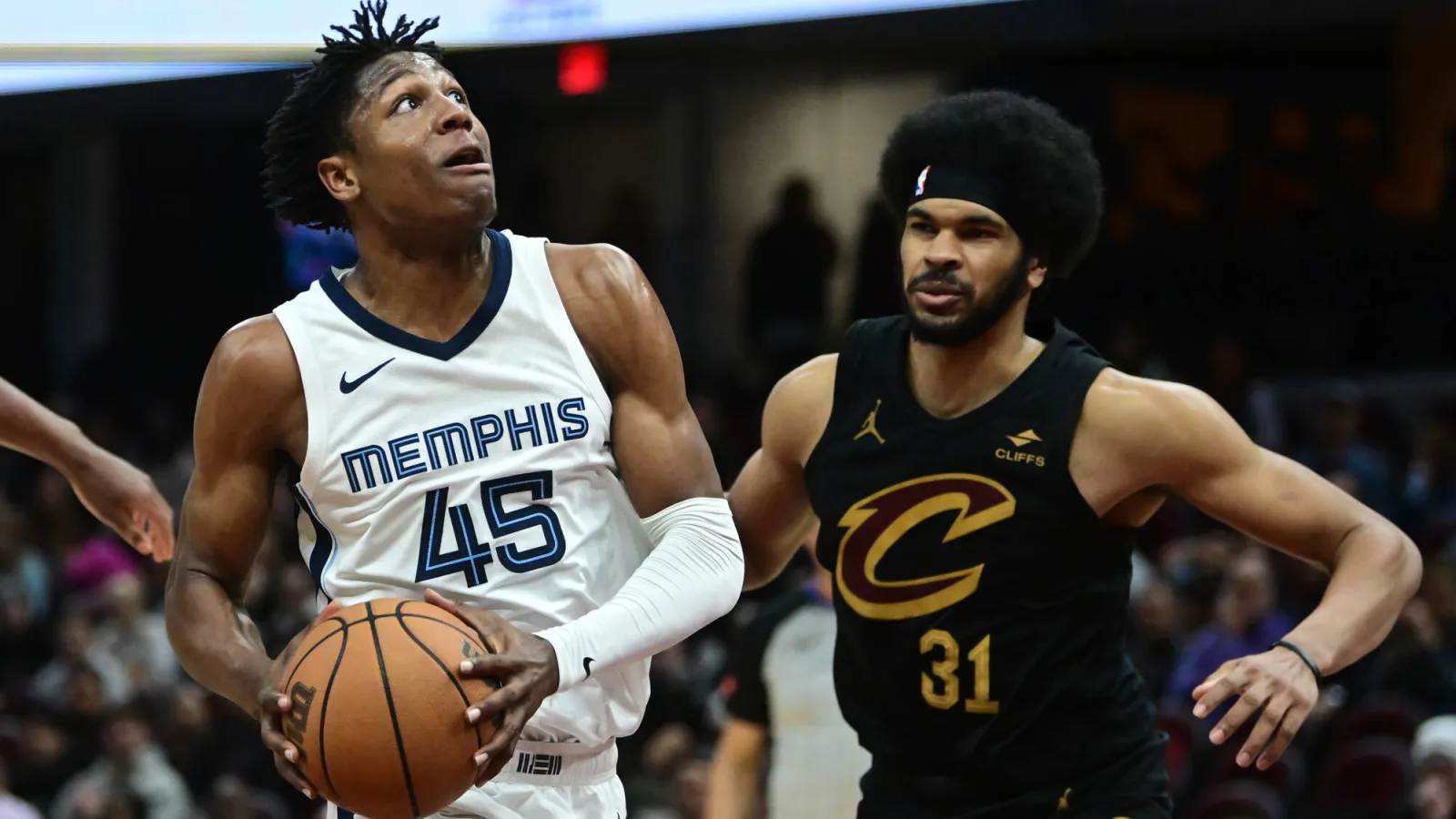
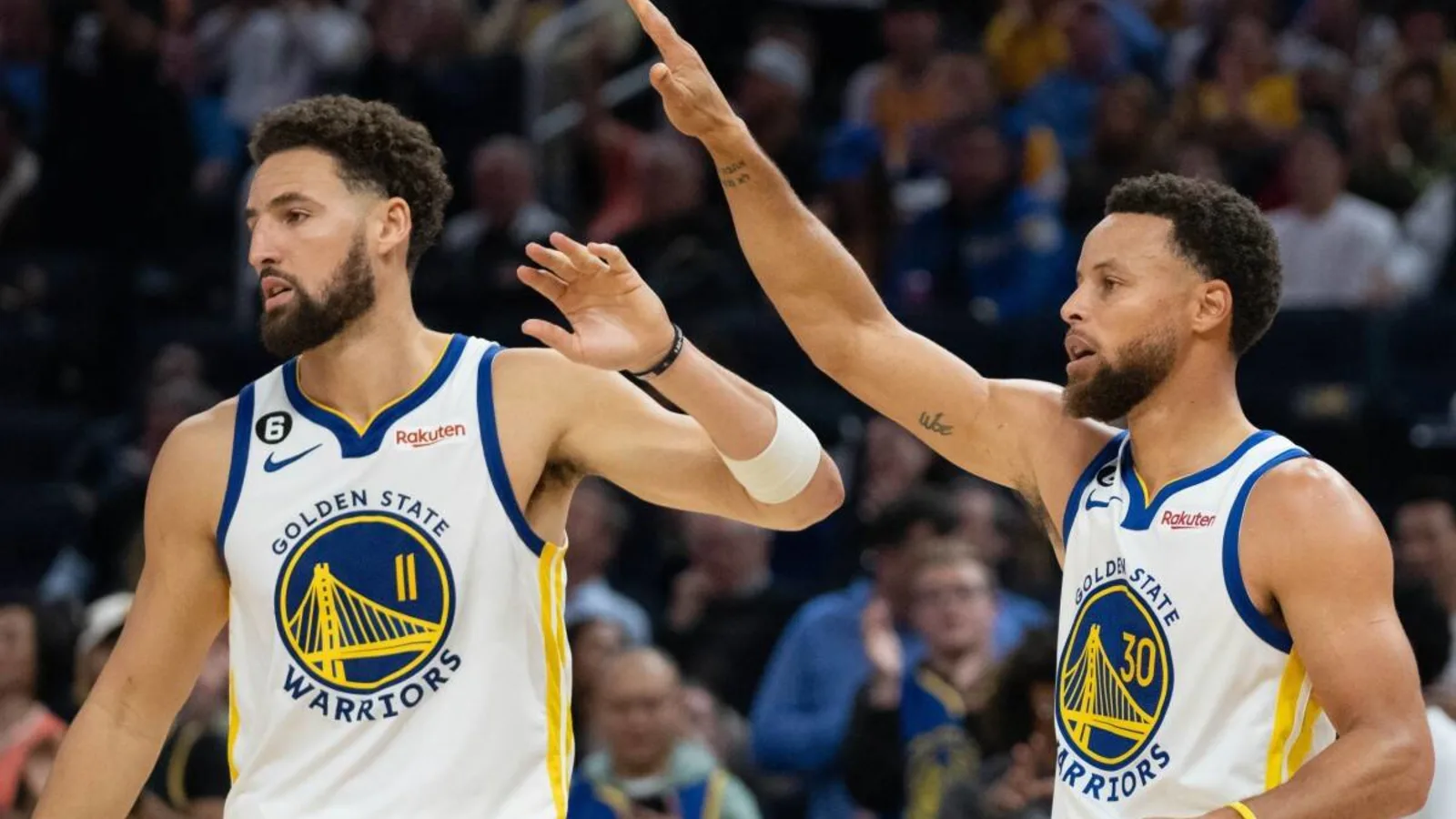
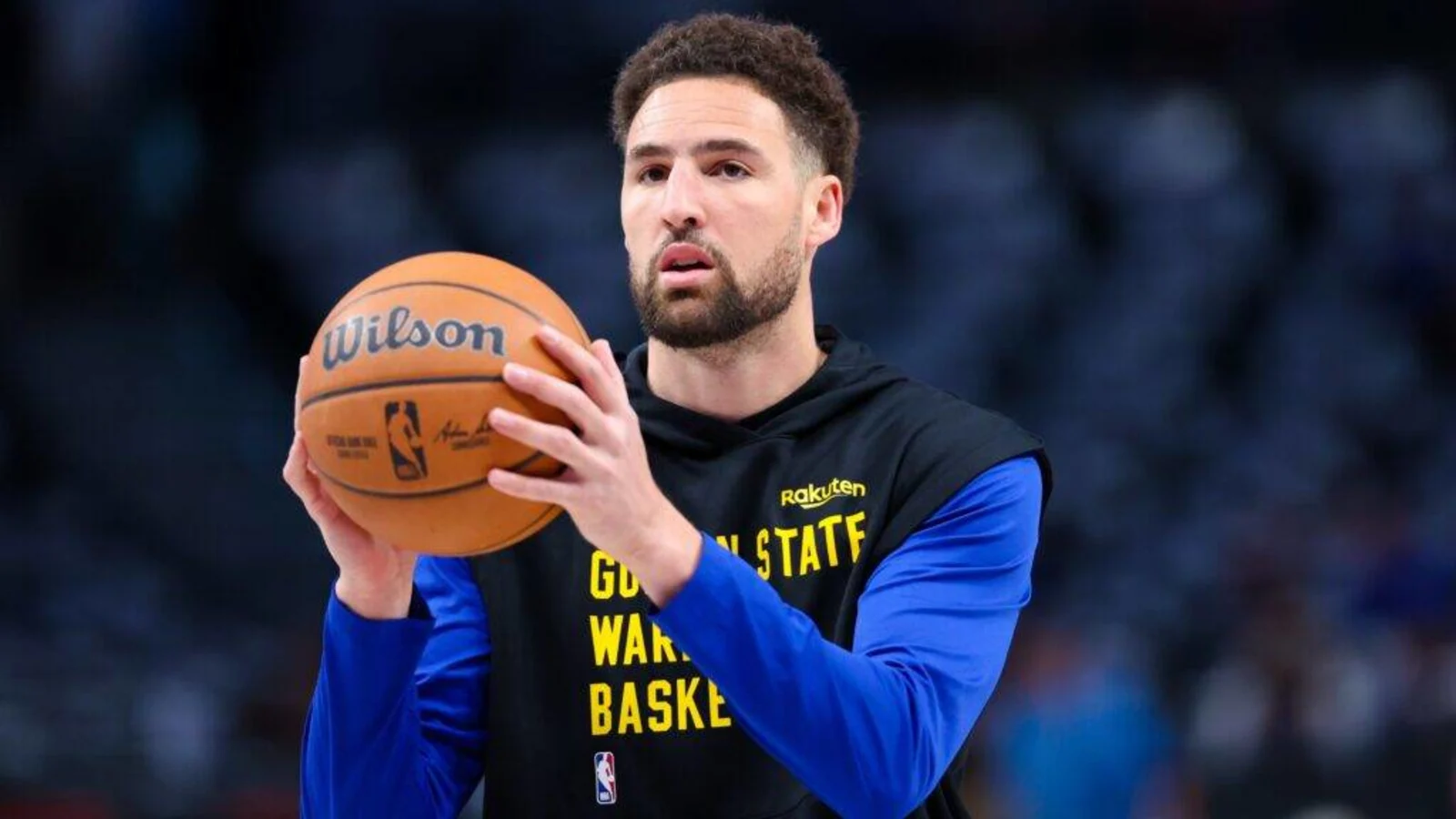
Be the first to comment